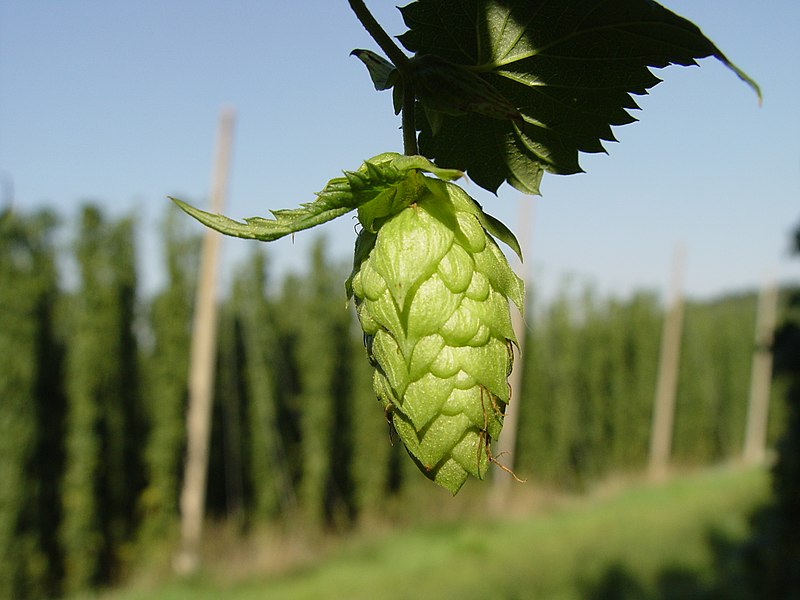
Written by John Palmer
Beer has been brewed for thousands of years and the majority of this brewing was done before anyone knew about germs or sanitation. Sometimes the beer was good and sometimes it wasn’t. Over time, brewers learned which practices seemed to make good beer, and these practices became ritual. A case in point is the historic Norwegian beer totems r used in the Middle Ages. Michael Jackson reports that these sticks were passed down from generation to generation and used to stir the developing beer. The totems harbored yeast (and bacteria) of previous batches. Reusing the totems inoculated each new batch with these yeast and bacteria. Maintaining this “house yeast” was the basis for a family’s brewing success. The totems were very important and were treated carefully to preserve their power for turning wort into beer.
Late in the 1860s, Louis Pasteur discovered yeast as the cause of fermentation. At about the same time he discovered that bacteria and “wild” yeasts caused the spoilage of beer ( 1). From Pasteur’s work, it was recognized that using large amounts of healthy yeast could overcome any small amounts of bacteria present and help reduce the risk of spoilage of the final product. Once the effects of yeast and bacteria were identified. measures could be taken to control them in brewing. Unfortunately problems with beer infections persist today, particularly during the summer months when the air is teeming with bacteria and wild yeast. Only by maintaining vigilance over our sanitation techniques can we be assured of successful batches.
Continue reading “The Technical Edge: A Complete Guide to Cleaning and Sanitation”














You must be logged in to post a comment.